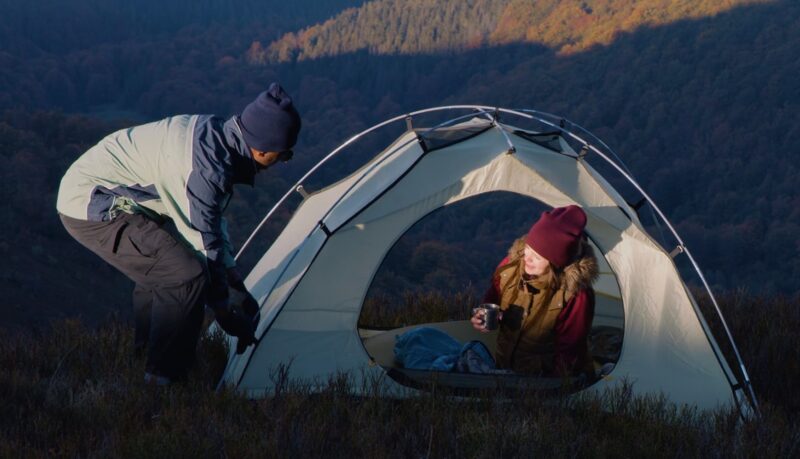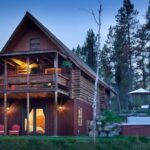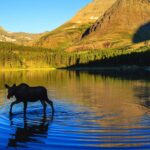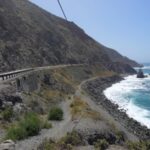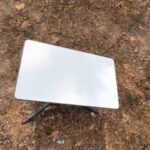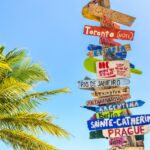Camping is by far my favorite outdoor activity, and today, I’m thrilled to share some insider tips about camping in the breathtaking Northwest Montana and Glacier National Park.
I’ve spent a lot of time under the stars in this corner of the world, and let me tell you, it’s a camper’s paradise! The beautiful lakes and gorgeous mountains, as far as the eye can see – that’s what I call relaxation. I have some insights regarding camping here, so let’s get right into it.
Location and Accessibility
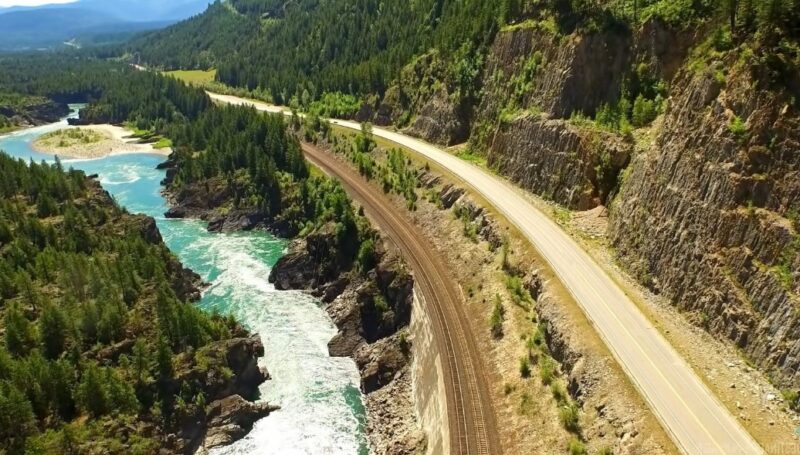
Northwest Montana, also known as The Big Sky Country, is a region characterized by its rugged mountains, vast forests, and numerous lakes and rivers. Glacier National Park is at the heart of this region, a 1,583 square mile wilderness area home to over 700 miles of hiking trails and more than 130 named lakes.
Reaching this beautiful place is relatively straightforward. Several airports serve the region, and I typically arrive at Glacier Park International Airport in Kalispell, though some of my friends prefer Missoula International. Whatever suits you best, both are solid options.
Some numerous highways and roads lead into the area, so if you want to travel by car, you’re good. For those who prefer a more scenic route, the Amtrak Empire Builder train route passes through the southern edge of the park, so you have another viable option.
Once you’re in the region, getting around is easy. The Going-to-the-Sun Road, a 50-mile stretch of highway that cuts through the heart of Glacier National Park, provides access to many of the park’s main attractions.
There’s also a free shuttle service that operates along this route during the summer months, which is super convenient for campers who want to explore the park without having to worry about driving or parking.
Camping Options
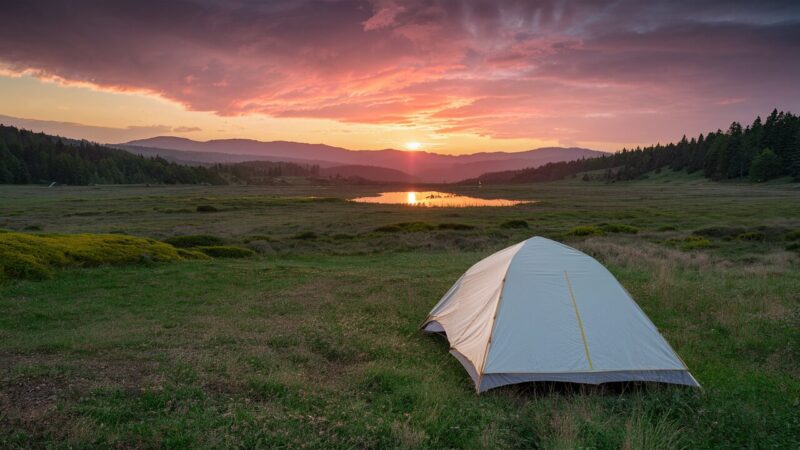
When picking the spot for camping, there are plenty of options you can go for. The region sports a variety of campsites, ranging from developed campgrounds with modern amenities to primitive sites nestled in the wilderness for more “hardcore” campers.
Developed campgrounds are ideal for those who prefer a bit of comfort while camping. These sites typically offer amenities such as picnic tables, fire rings, restrooms, and sometimes even showers and laundry facilities. Some of my favorite campgrounds in Glacier National Park include Apgar, Many Glacier, and St. Mary.
Here are the best spots
- Apgar Campground: The largest in the park, located in a wooded area providing shade and some privacy.
- Avalanche Campground: Popular for its proximity to day hikes, and accommodating tent and RV campers.
- Fish Creek Campground: The second largest, offering sites surrounded by trees.
- Many Glacier Campground: Known for wildlife viewing opportunities and access to day hikes.
- St. Mary Campground: The largest on the east side, open year-round with nearby activities and services.
- Sprague Creek Campground: A small campground on Lake McDonald, not permitting towed units or RVs exceeding 21 feet.
- Two Medicine Campground: Offers shaded sites and is popular for hiking and running, with primitive camping available late in the season.
Reservations and Permits
Before setting up camp, it’s important to understand the reservation and permit system. Many of the developed campgrounds in the region operate on a reservation system, particularly during the peak summer months.
You can make reservations online, and I advise you to book well in advance, as campsites can fill up quickly. For backcountry camping in Glacier National Park, you’ll need a permit. These permits are issued on a quota system to limit the number of campers in the backcountry at any given time. The main purpose of this rule is to help preserve the wilderness character of the area.
Permits can be obtained through the park’s Backcountry Camping Reservation System, and I advise you to apply early, as demand often exceeds supply.
I should also mention that there are fees associated with camping in the region. These vary depending on the campground and the type of campsite but generally include a nightly fee for the campsite and a one-time reservation fee.
What Is the Best Time to Camp
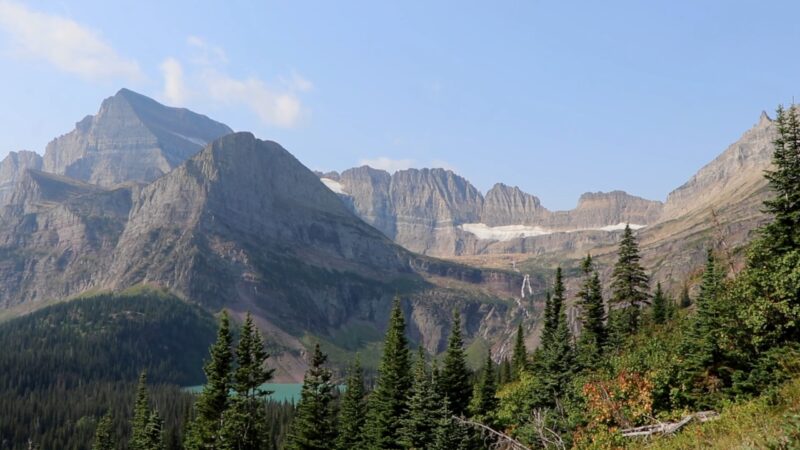
Choosing the right time to camp is of the essence. While the region is beautiful year-round, I prefer camping from late spring to early fall because the weather is most favorable then, and the park’s facilities and services are fully operational.
Weather conditions can vary greatly throughout the year. Summers are generally warm and dry, so these months are the most popular time for camping. However, it’s worth noting that this is also the busiest time of year, so campgrounds can be crowded, and reservations are a must.
Spring and fall offer a quieter camping experience, with fewer crowds and a different kind of beauty. Spring is my favorite season, as it brings wildflowers and budding trees, so I have been considering camping here during these months for a while. Note that autumn and spring can also bring unpredictable weather, including rain and even snow, so it’s important to come prepared.
Activities and Attractions

The region offers so many outdoor activities and attractions that can add to your camping trip. Aside from hiking, I always find some time for fishing and stargazing. Needless to say, there is something for everyone.
Hiking is by far my favorite activity in the area, and there are over 700 miles of trails in Glacier National Park alone. These trails range from easy walks to challenging climbs. And the views when you get to the top – absolutely gorgeous. As far as must-do hikes go, I suggest the Highline Trail, the Grinnell Glacier Trail, and the Trail of the Cedars.
Fishing is another activity I enjoy, especially when I just want to chill and soak in the nature around. There are numerous lakes and rivers that house diverse fish species, so if you are into more serious fishing, you’ll have plenty to do. Just remember to check the local fishing regulations and obtain any necessary permits.
Wildlife viewing is also a major draw for visitors. The region is home to a diverse array of wildlife, including grizzly bears, moose, elk, and over 260 species of birds. Although it is not my favorite activity, countless visitors love to visit this place for wildlife exploration exclusively.
Equipment and Supplies
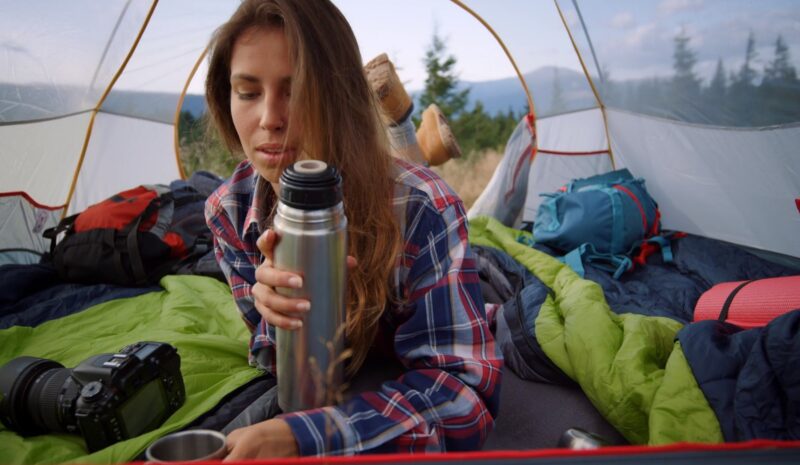
Packing the right equipment and supplies can make all the difference in your camping experience. I usually travel light for camping trips, so I suggest you bring a good quality tent, sleeping bag, and camping mat. A camping stove and cooking utensils are also awesome for preparing meals, especially if you’re not into primitive camping. Don’t forget the marshmallows for those campfire treats! Honestly, that’s my favorite part.
Food storage is particularly important in a bear country. I recently invested in a bear-resistant food container, and I’m beyond satisfied. If you want some alternative to it, bring along a rope and bag for hanging food. My advice is to store properly all food and other attractants, including trash, dishes, and toiletries, to avoid attracting bears altogether.
I also never leave for camping without a first aid kit, a map and compass or GPS, a headlamp or flashlight, and a multi-tool. And, of course, don’t forget your camera to photograph the scenery and wildlife you’re sure to encounter.
Summary
Camping in Northwest Montana and especially in Glacier National Park, is like no other. You’ve got these jaw-dropping views that’ll make your Instagram feed weep with envy, wildlife that doesn’t just say “hi” but really puts on a show, and this whole vibe of adventure that makes you feel like you’re in one of those epic travel documentaries.
Now, before you pack your bags and run off into the wilderness, let’s talk prep. A little bit of planning goes a long way – believe me, you don’t want to be that person trying to figure out how to pitch a tent when it’s getting dark and the mosquitos are planning their attack. Been there, done that, and it’s not a highlight I recommend.
So, what are you waiting for? Get your camping trip on the calendar. This corner of the planet is like no other, and sleeping under the stars here? Chef’s kiss.
I’m Annabel, and traveling has always been my passion. My idea of fun? A lot of biking and hiking. From the Himalayas to the local hills, if there’s a path (or not), I’ve probably been there or it’s on my list.

